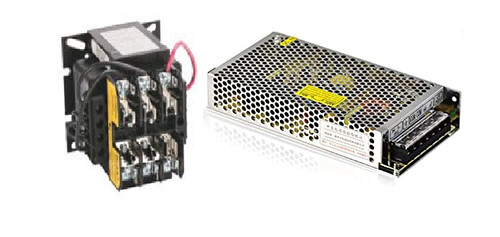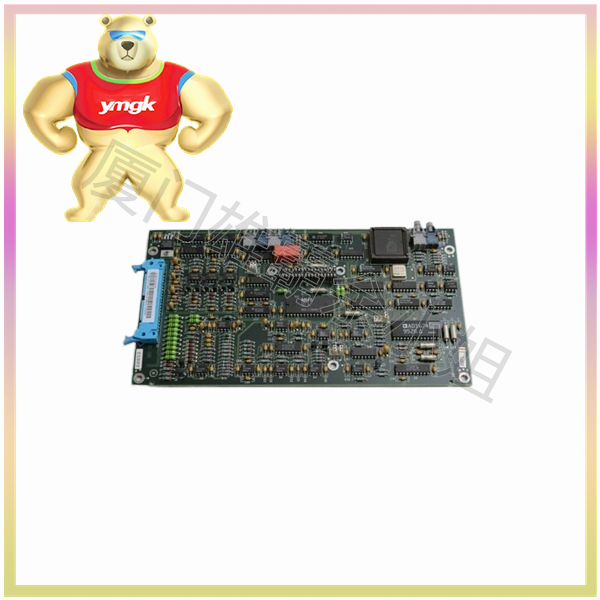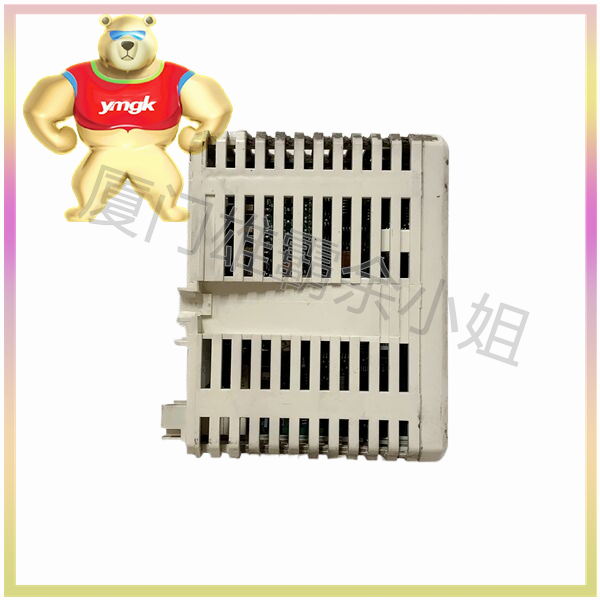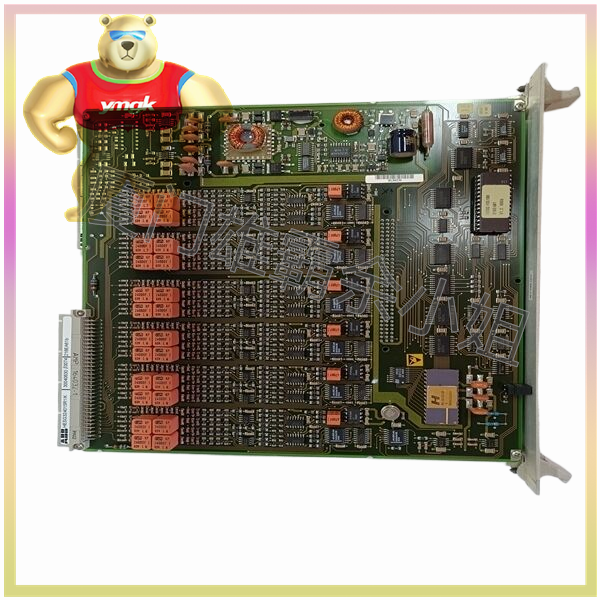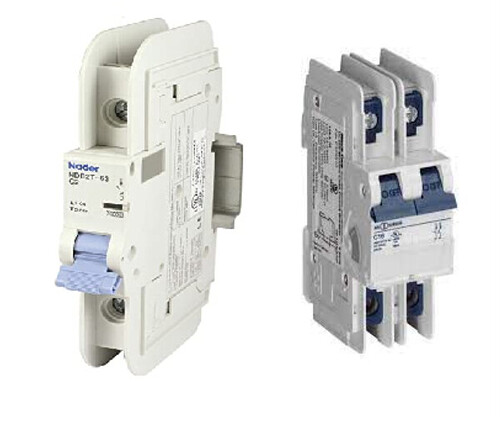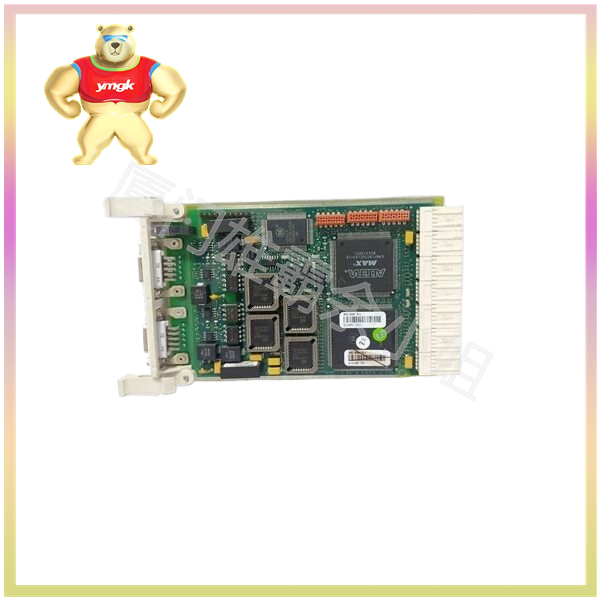DCS (Distributed Control System) is a computer control system used for industrial automation and process control. DCS systems typically consist of multiple control nodes, communication networks, and human-machine interfaces. In DCS systems, signal transmission is crucial as it ensures data exchange and coordination between various parts of the system. This article will explore in detail the main methods of signal transmission in DCS systems and the role of digital signals in them.
Basic concepts of signal transmission
In DCS systems, signal transmission refers to the transmission of data from sensors, actuators, and other devices between various control nodes. Signal transmission can be an analog signal or a digital signal. Analog signals are continuously changing signals, while digital signals are discrete and represented in digital form.
Comparison between Analog and Digital Signals
Both analog and digital signals have their application scenarios in DCS systems. Here are some of the main differences between them:
2.1 Accuracy
Digital signals have higher accuracy because they can accurately represent numerical values. However, analog signals may be affected by noise and interference due to their continuity, leading to a decrease in accuracy.
2.2 Anti interference capability
Digital signals have strong anti-interference ability. During transmission, digital signals can resist noise and interference through techniques such as error correction codes. However, analog signals are susceptible to external environmental influences, leading to a decrease in signal quality.
2.3 Transmission distance
Digital signals have advantages in long-distance transmission. Analog signals may experience more severe signal attenuation and distortion during long-distance transmission. And digital signals can maintain signal quality through digital signal regeneration technology.
2.4 Easy to handle
Digital signals have advantages in processing and analysis. Digital signals can be processed quickly and efficiently through devices such as digital signal processors (DSPs). The processing of analog signals usually requires analog circuits, which may result in slower processing speeds.
Digital signal transmission in DCS system
In modern DCS systems, digital signal transmission has become mainstream. The following are some of the main applications of digital signals in DCS systems:
3.1 Communication between control nodes
A large amount of data exchange is required between control nodes in the DCS system. Digital signal transmission can ensure the accuracy and real-time performance of data, thereby improving the stability and reliability of the system.
3.2 Data collection of sensors and actuators
Digital sensors and actuators can provide high-precision data and transmit it to control nodes through digital signals. This helps to improve the control accuracy and response speed of the system.
3.3 Data display of human-machine interface
Digital signal transmission can conveniently transmit data from control nodes to human-machine interfaces (such as operator stations, monitoring screens, etc.), allowing operators to have real-time access to the system’s status and performance.
3.4 Data Storage and Analysis
Digital signal transmission can conveniently store data in databases for subsequent data analysis and mining. This is of great significance for optimizing system performance and improving production efficiency.
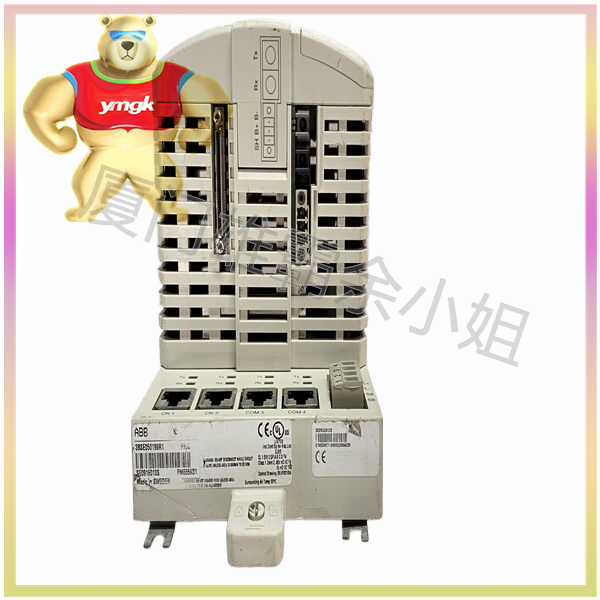
Digital signal transmission technology
The selection of digital signal transmission technology is crucial for the stability and performance of DCS systems. Here are some common digital signal transmission technologies:
4.1 Fieldbus Technology
Fieldbus is a communication network used to connect field devices (such as sensors, actuators, etc.) and control nodes. Common fieldbus technologies include Profibus, Modbus, DeviceNet, etc.
4.2 Industrial Ethernet Technology
Industrial Ethernet is a communication network based on Ethernet technology, suitable for high-speed data transmission in DCS systems. Common industrial Ethernet technologies include Profinet, EtherCAT, etc.
4.3 Wireless Communication Technology
Wireless communication technology can be used for remote data transmission and mobile device communication in DCS systems. Common wireless communication technologies include Wi Fi, Bluetooth, ZigBee, etc.
conclusion
In summary, digital signals are mainly used for signal transmission in DCS systems. Digital signal transmission has the advantages of high precision, strong anti-interference ability, long transmission distance, and ease of processing, making it the mainstream choice for modern DCS systems. With the continuous development of digital signal transmission technology, the performance and reliability of DCS systems will be further improved, bringing more possibilities to the fields of industrial automation and process control.

